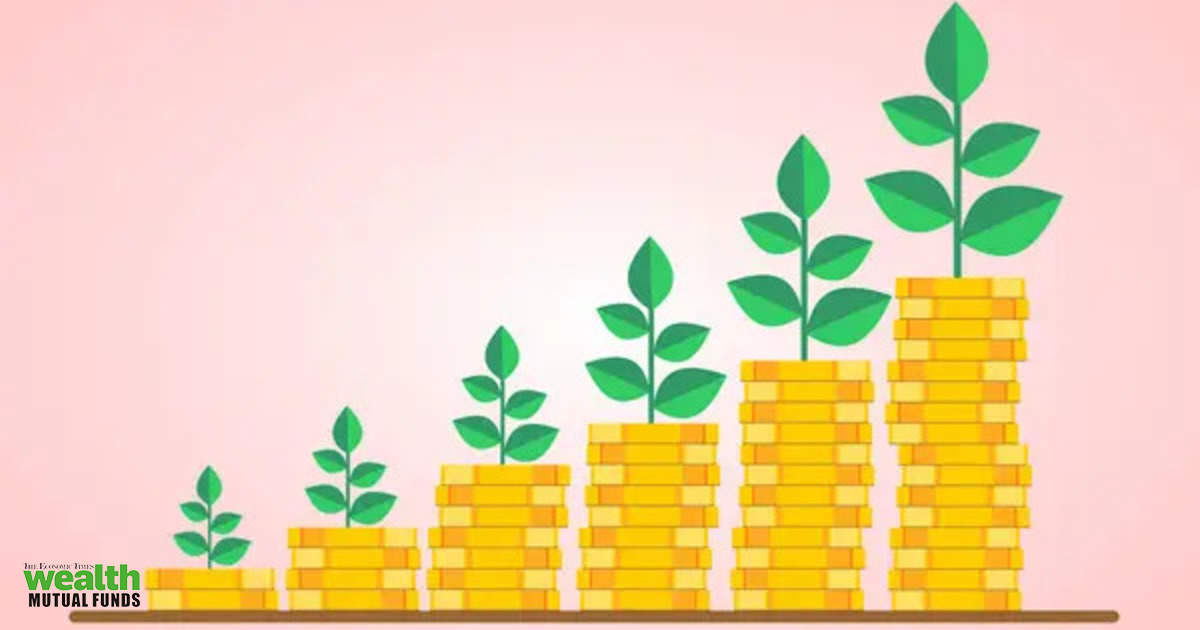Tax-saving mutual funds or equity-linked savings schemes (ELSS) help you save income tax under Section 80C of the Income Tax Act. You can invest a maximum of Rs 1.5 lakh in ELSS and claim tax deductions on your investments every financial year. Interested?
Read also |The best large and mid-cap funds to invest in September 2024
Before proceeding further, you must familiarize yourself with Tax Saving Mutual Funds (ELSS). Tax Saving Mutual Funds or ELSS invest in stocks, so they are very high risk. You must be aware of this aspect, especially if it is your first time investing in equity mutual funds. Compared to your regular investments like Public Provident Fund or National Savings Certificate, etc., ELSS do not offer guaranteed returns. You may even suffer losses in a bad market.
So why should you invest in ELSS? Firstly, these schemes have the potential to offer higher returns over a long period. As you know, tax saving schemes invest in stocks. And stocks usually offer higher returns over a long period of time. For example, the ELSS category offered an average return of around 16.38% over 10 years.
Two, ELSS Funds Mutual funds have the shortest lock-in period of three years among tax-saving investments. Most other investment options under the 80C basket are government-backed investments. They usually come with longer lock-in periods. For example, PPF is a 15-year product that allows partial withdrawals after six years. NSC is a five-year product. So, if you want to have access to your money in three years, you should invest in equity mutual funds. But don’t count on it giving you huge returns in three years. You should always keep in mind that equity investment is long-term. You should invest in equity mutual funds only if you have an investment horizon of five to seven years. And the third and most important point to remember is that equity mutual funds are an entry point for many investors into equity investment. Many investors often start with equity mutual funds and the mandatory three-year lock-in period in these schemes helps them weather volatility in the stock market. Once these investors see the rewards in, say, five or seven years, they start investing more money in equity schemes.Read also | Quant MF crosses Rs 1 trillion in assets under management in August
If you are interested in investing in these schemes, here are our recommended ELSSs where you can consider investing in these schemes. Invesco India Tax Plan Fund has been in the third quartile for the last two months. The scheme had been in the fourth quartile earlier. Canara Robeco Equity Tax Saver Fund has been in the third quartile for the last one month. The scheme had been in the fourth quartile earlier. Mirae Asset Tax Saver Fund was in the third quartile for seven months.
Best ELSS or Tax Saving Mutual Funds to Invest in September 2024:
Here is our methodology:
ETM Mutual Funds has used the following parameters to select the equity mutual fund schemes.
1. Moving average returns: Filmed daily for the past three years.
2. Consistency over the last three years: The Hurst exponent, H, is used to calculate the consistency of a fund. The exponent H is a measure of the randomness of a fund’s NAV series. Funds with a high H tend to exhibit low volatility compared to funds with a low H.
i) When H = 0.5, the return series is said to be a geometric Brownian time series. This type of time series is difficult to forecast.
ii) When H is less than 0.5, the series is said to be mean-reverted.
iii) When H is greater than 0.5, the series is said to be persistent. The higher the value of H, the stronger the trend of the series.
3. Downside risk: For this measure we have only considered the negative returns contributed by the mutual fund.
X = Returns below zero
Y = Sum of all squares of X
Z = Y/number of days needed to calculate the relationship
Downside risk = square root of Z
4. Superior performance: It is measured by Jensen’s Alpha for the past three years. Jensen’s Alpha shows the risk-adjusted return generated by a mutual fund scheme relative to the expected market return predicted by the Capital Asset Pricing Model (CAPM). A higher Alpha indicates that the portfolio’s performance has outperformed the returns predicted by the market.
Average returns generated by the MF scheme =[RiskFreeRate+BetaoftheMFScheme*{(AverageReturnOfTheIndex-RiskFreeRate}[RiskFreeRate+BetaoftheMFScheme*{(AverageReturnOfTheIndex-RiskFreeRate}[Tasalibrederiesgo+BetadelesquemaMF*{(Rendimientopromediodelíndice-Tasalibrederiesgo}[RiskFreeRate+BetaoftheMFScheme*{(Averagereturnoftheindex-RiskFreeRate}
5. Asset size: For equity funds, the asset size limit is Rs 50 crore.
(Disclaimer: Past performance is no guarantee of future performance.)
Disclaimer:
The information contained in this post is for general information purposes only. We make no representations or warranties of any kind, express or implied, about the completeness, accuracy, reliability, suitability or availability with respect to the website or the information, products, services, or related graphics contained on the post for any purpose.
We respect the intellectual property rights of content creators. If you are the owner of any material featured on our website and have concerns about its use, please contact us. We are committed to addressing any copyright issues promptly and will remove any material within 2 days of receiving a request from the rightful owner.

